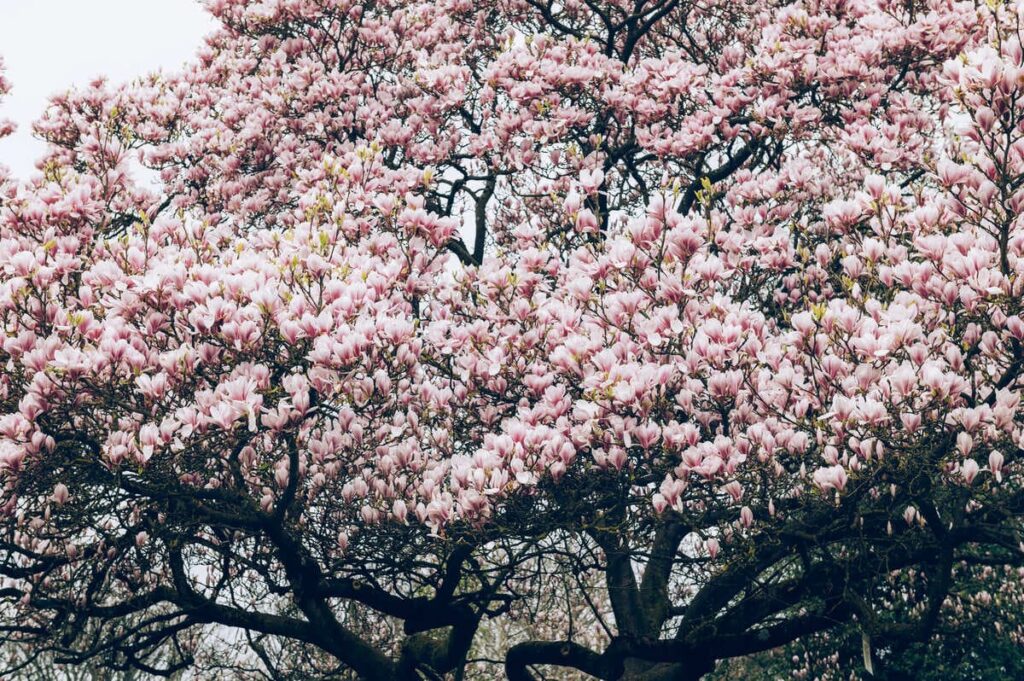
The imagistic, subtle & imponent magnolia tree is one of the exotic specimens with flowering beauty & it can grow ideally in New Jersey. Its desirable and addictive aromatic perfume makes it popular and loved. Different types of fungi can infect Magnolia. Learn about the 8 most common magnolia tree diseases, symptoms, and treatments.
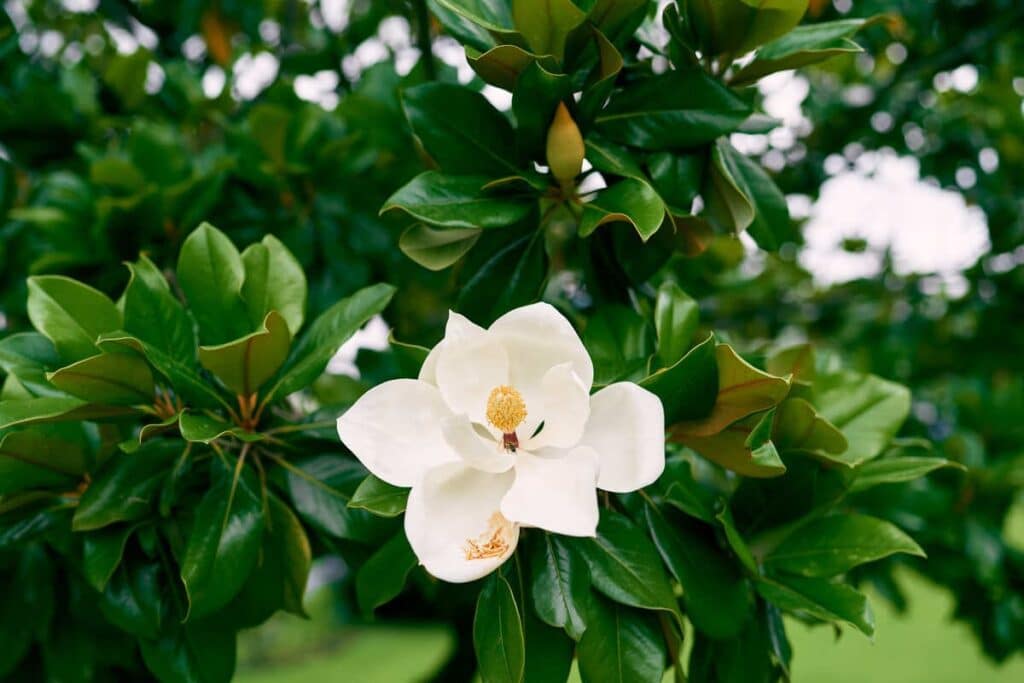
You will be fascinated with beautiful two-toned waxy leaves and plush white flowers; it also spreads a captivating perfume.
Their leaves are incredibly tough and long-lasting and are used as filler foliage for floral arrangements.
The leaves of these trees mean good wishes, too. In the U.S., these plants symbolize luck, stability, nobility, and purity. It is associated with strong women. To be exact, we can talk about the meaning of its flowers according to their colors.
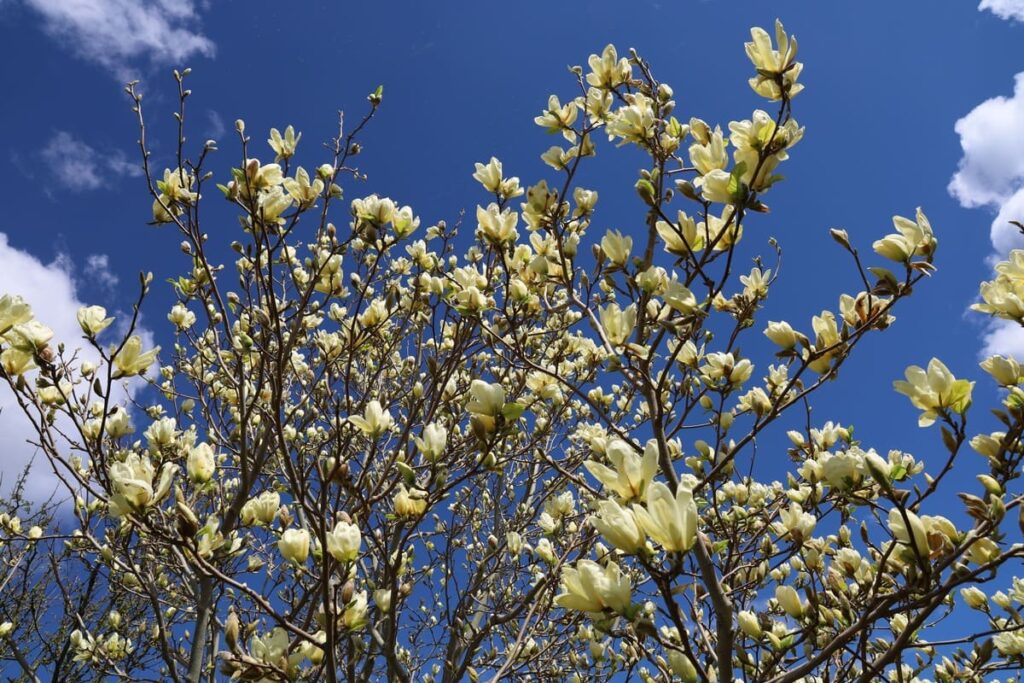
There are more than 200 species of magnolia trees, and they are not entirely immune to diseases and pests.
You need to be aware of the diseases that affect your magnolia trees.
This disease affects trees and shrubs with thin, leathery leaves. It attacks quietly and is more active in warm and humid weather. The color of this sickness is light gray, allowing us to see flakes on its leaves.
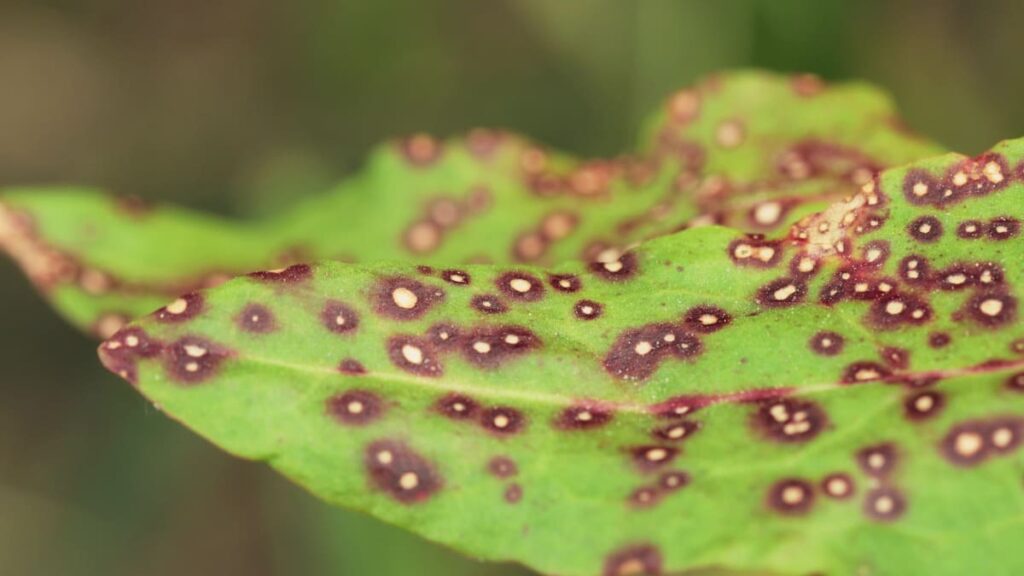
This sickness damages the young leaves, not only of your magnolia but many plants. These bacteria don’t like older leaves; they are untouched by this disease.
Stormy weather is ideal for this disease to develop. These bacteria prefer humidity and cool conditions.
First, the disease appears on leaves. Then, over time, it will turn dark brown, changing color and shape irregularly.
Powdery mildew is a fungal disease controllable if you treat it quickly, and nothing dangerous will happen. However, it can be severely damaged if you don’t notice your tree’s condition.
The most effective and easiest way to treat this disease is to spray leaves and branches with horticultural oil
A range variety of pathogens can damage mongolia leaves. This disease severely affects their leaves’ appearance.
The algal leaf spot is most severe on weak magnolias and in poor vigor. This spot becomes increasingly pale until the tissue dies when you see a brown color, and finally, these spots will turn white.
The most affected parts are wounds, trunks, etc. This infection grows more expansive than the branch or trunk.
Wetwood is a sickness that primarily affects the trunk and branches of this fragrant tree. These bacteria enter the plant through wounds or cracks in the bark; the stem usually dries.
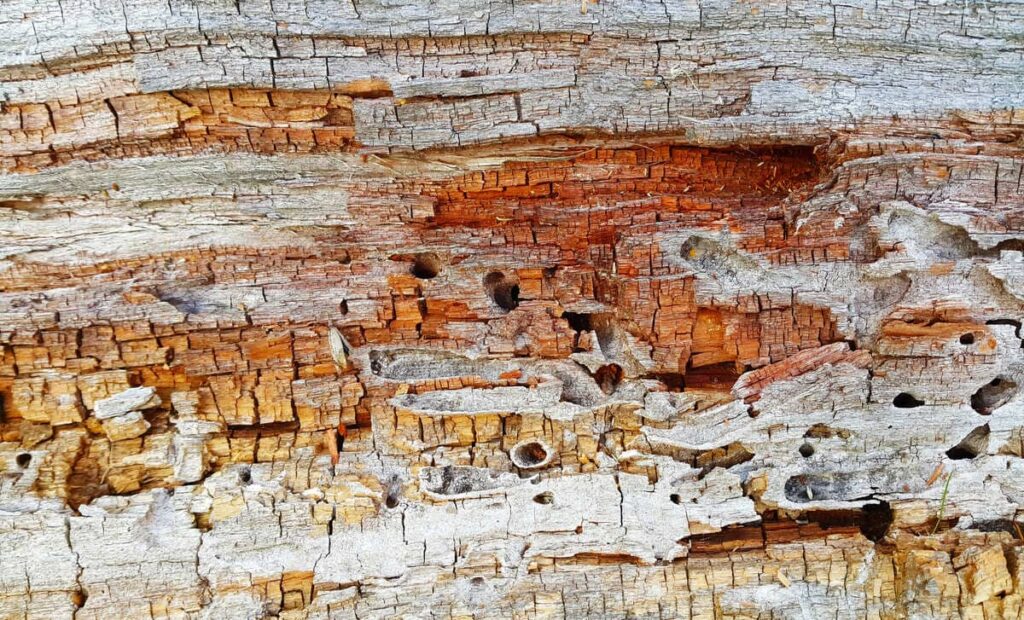
This severe infection mainly affects the tree’s trunk and attacks older trees, cracking the bark or the branch attachment. Then it destroys the tissues of your trees, rotting wood.

The tree will change its leaves’ color once the trunk and branches are infected.
The evidence of this sickness is the deformation of the bark, and black necroses appear in the most severely affected places.
This severe infection can kill your tree if untreated.
Remove all dead tissues with sterile sharp and tools. Use fungicides and cut all affected branches.
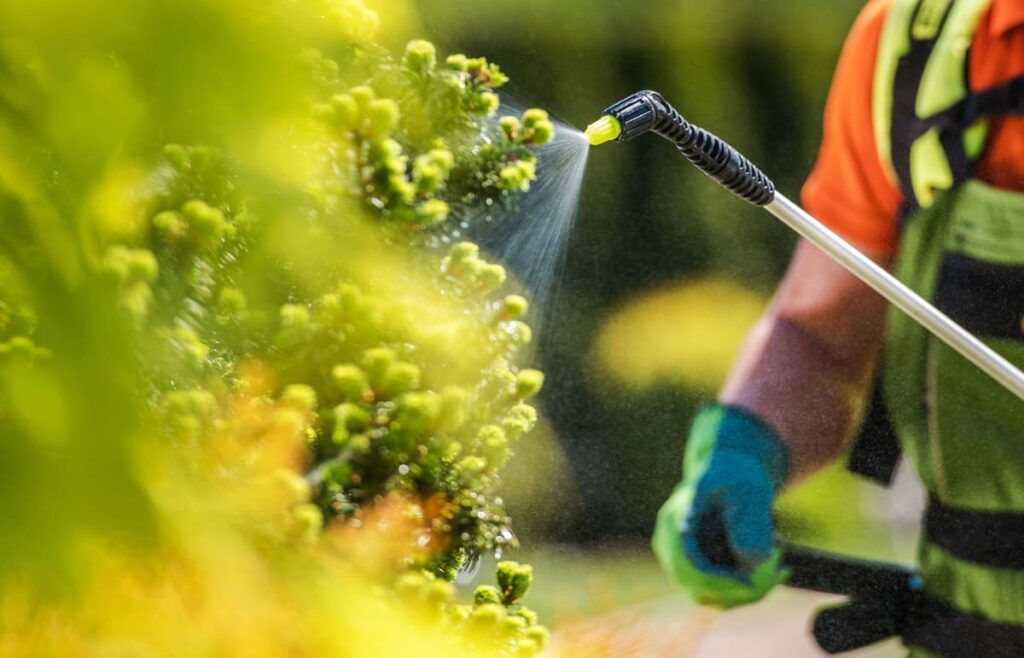
Magnolia trees can catch infections by different types of fungi; the most singular symptom is when the trees change their leaves.
Plants that are wet, shady, and humid environments present a high risk, which will be a contributory factor of fungal diseases.
Avoid watering the foliage and prune regularly. Dispose of the residue and disinfect the tools. Apply fungicidal sprays to stop any secondary infection. Use fertilizers that will be beneficial to bring strong trees.
I hope you loved our article, and if you found it helpful, share this piece of content on your social media. Stay tuned, take care, and till next time!